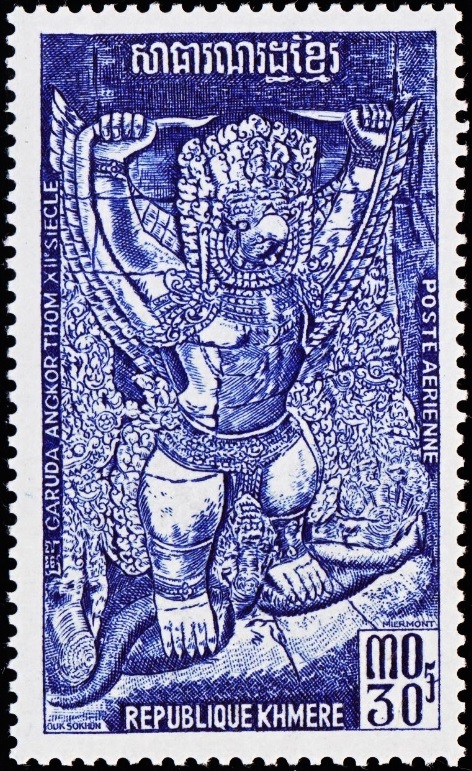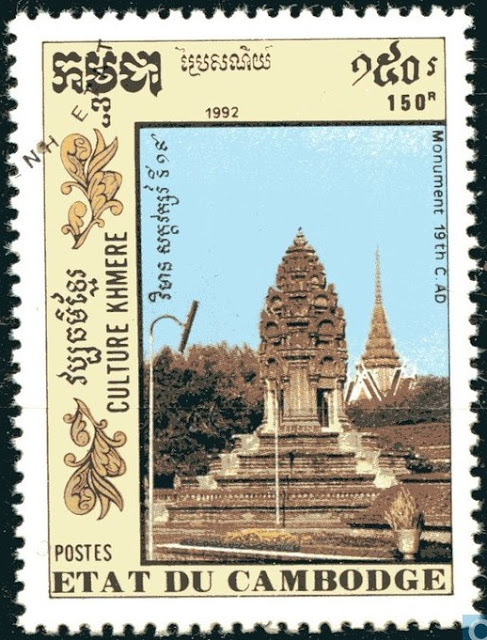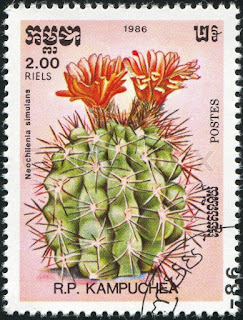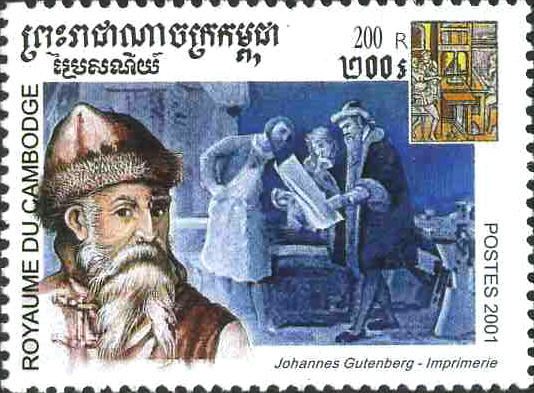Coaching in Cambodia
Introduction from Aquatics Cambodia:
I saw some time ago in Internet that interesting
article about personal experience of one American female (who is actually with non-professional
swimming sport coaching background as it is clear seen from her article) to
coach members of Cambodian National Swimming Team in 2008 as volunteer. I never have heard, any
details, from anybody in the stadium, about her before. Just Mr. HEM Thon, who
was that time the main figure in Cambodian swimming sport, leading his "Hem
Thon family national swimming federation", as some Cambodian NOC officials were joking,
because practically all federation consisted just of his family members, so he
told to me that before there was one Japanese coach-consultant with non-professional
swimming sport background, and, he also mentioned about an American female
coach, who briefly did coaching, but he never told any details, when, where and
how it was. She was coaching just one year before when I came to join this
swimming federation in September 2009. I think, it will be interesting, for our
Cambodia and worldwide based readers to read this article and my comments below
as well. This article was published in November 2008, and I saw it in 2013, but
only now, I have decided to put it in Aquatics Cambodia. For me, it was interesting,
to read her opinion to understand better, in what condition Cambodian National
Swimming Team and local swimming sport were in 2008. The article was not
signed, but as I understood, the author of that article was Ms Mary BREWER.
Unfortunately, the author of this article did not put any photo or video to
illustrate her story.
Source: http://maryabrewer.blogspot.com/2008/11/coaching-in-cambodia.html
Monday, November 17, 2008
In addition to finding Khmer Aerobics at the local
stadium, I also found the only 50-meter pool in Phnom Penh there. I had
previously heard of this pool, but when I asked around about it, people doubted
its existence or said that it was closed. I had originally been in search of it
as a place to do laps, but after seeing (and smelling) its condition, I decided
it would be best not for me to take the plunge. It is evident that once upon a
time, the pool area was a very nice facility, but like the stadium itself, time
has left it behind and it is now run down and not well cared for. Algae covers
the bottom making the water look greenish black, a garbage/toilet aroma fills
the air as the top of the bleachers are used as a trash can and a public
toilet, the overhead lights barely work on a good night, and the diving well is
a bio-hazard in itself. I did find one thing positive at the pool though, and
that was a swim team!
As soon as I saw that there was an organized practice underway, I skipped down the bleachers to talk to the coaches about helping out on deck. The first coach I talked to spoke very little English and the reinforcement he called over wasn’t much better. We were able to communicate, however, that I should come back the following Monday to talk to the head coach. When I returned, I had a letter written in Khmer stating who I was and that I would like to volunteer my time to help coach. This time I spoke with the head coach, a former Cambodian swimmer who has been swimming and/or coaching the Cambodian National team since the pool was built in the 1960’s. He is very much the patriarchal figure of the team and as he sat on the sideline watching the swimmers, he reminded me of a lion king watching over his pride. I was worried that I would say or do something to offend him, but after he read my letter and we spoke for about 5 minutes, he told me that it would make him very happy if I helped coach his team. He explained that two of his swimmers actually participated in the Beijing Olympics, but that compared to other countries, “Cambodia swimmers are not so strong, but they practice to be like swimmers in America, Australia, Germany, and China.”
So, for the past month or so, I’ve been coaching the Cambodian National Swim Team. Pretty cool, I have to say. Although it is technically the national team, the quality and strength of the swimmers is not up to the national team status to which I am accustomed. For starters, I would have no business coaching a national team in any other country and I can beat one of the swimmers who swam in the Olympics in a 50 free. (Those of you who remember my 50 free know that isn’t saying too much.) Nonetheless, it is an amazing experience and although I’m certainly not a seasoned coach, I’m hopeful that that my 12+ years of experience in the water and my 4+ summers of experience on deck will help some of the kids see some solid improvement.
The team has 3 levels and I coach the highest level. The other day, the coach actually had a team meeting (which, by the way, was conducted in a military-like fashion complete with lines and calls for attention) in which 8 of the fastest swimmers in the highest level were recognized and “awarded the privilege” of being coached by me. Ha! It was kind of awkward for me and made me seriously doubt my abilities, but it was cool to see the kids get excited about training with a “coach from America.”
A couple of the kids speak English well enough to understand what I want the group to do. Then, either they will translate it to the other swimmers or the coach will. The coach is hesitant to translate though, because as he told me, he wants his swimmers to learn English from me as well. I’m also learning a little bit of Khmer from them, which is fun. I have to be pretty creative with my workouts because there is a serious lack of the necessary practice equipment. The pool only has one lane rope, there are no backstroke flags, there are very few kickboards and pull buoys, and there aren’t any pace clocks. No equipment makes for interesting practices, but we’re managing.
I’m loving every minute of being at the pool with the swimmers and I’m hopeful that when all is said and done, it will be a beneficial and memorable experience for them as well. One of these days, I might even be brave enough to jump in that water with them…but we’ll see how that goes!
As soon as I saw that there was an organized practice underway, I skipped down the bleachers to talk to the coaches about helping out on deck. The first coach I talked to spoke very little English and the reinforcement he called over wasn’t much better. We were able to communicate, however, that I should come back the following Monday to talk to the head coach. When I returned, I had a letter written in Khmer stating who I was and that I would like to volunteer my time to help coach. This time I spoke with the head coach, a former Cambodian swimmer who has been swimming and/or coaching the Cambodian National team since the pool was built in the 1960’s. He is very much the patriarchal figure of the team and as he sat on the sideline watching the swimmers, he reminded me of a lion king watching over his pride. I was worried that I would say or do something to offend him, but after he read my letter and we spoke for about 5 minutes, he told me that it would make him very happy if I helped coach his team. He explained that two of his swimmers actually participated in the Beijing Olympics, but that compared to other countries, “Cambodia swimmers are not so strong, but they practice to be like swimmers in America, Australia, Germany, and China.”
So, for the past month or so, I’ve been coaching the Cambodian National Swim Team. Pretty cool, I have to say. Although it is technically the national team, the quality and strength of the swimmers is not up to the national team status to which I am accustomed. For starters, I would have no business coaching a national team in any other country and I can beat one of the swimmers who swam in the Olympics in a 50 free. (Those of you who remember my 50 free know that isn’t saying too much.) Nonetheless, it is an amazing experience and although I’m certainly not a seasoned coach, I’m hopeful that that my 12+ years of experience in the water and my 4+ summers of experience on deck will help some of the kids see some solid improvement.
The team has 3 levels and I coach the highest level. The other day, the coach actually had a team meeting (which, by the way, was conducted in a military-like fashion complete with lines and calls for attention) in which 8 of the fastest swimmers in the highest level were recognized and “awarded the privilege” of being coached by me. Ha! It was kind of awkward for me and made me seriously doubt my abilities, but it was cool to see the kids get excited about training with a “coach from America.”
A couple of the kids speak English well enough to understand what I want the group to do. Then, either they will translate it to the other swimmers or the coach will. The coach is hesitant to translate though, because as he told me, he wants his swimmers to learn English from me as well. I’m also learning a little bit of Khmer from them, which is fun. I have to be pretty creative with my workouts because there is a serious lack of the necessary practice equipment. The pool only has one lane rope, there are no backstroke flags, there are very few kickboards and pull buoys, and there aren’t any pace clocks. No equipment makes for interesting practices, but we’re managing.
I’m loving every minute of being at the pool with the swimmers and I’m hopeful that when all is said and done, it will be a beneficial and memorable experience for them as well. One of these days, I might even be brave enough to jump in that water with them…but we’ll see how that goes!
Comments
from Aquatics Cambodia:
She is meaning
National Olympic Stadium in Phnom Penh. By the way, it was one of the first
such stadiums, constructed in South-East Asia, in 1960-s by the famous Cambodian
architect Mr. Vann Molyvann and in the times of 1960-s - 1970-s it looked
really very nice! Unfortunately, since the time of creation, it never had any
proper renovation and now it is in very poor state, especially its swimming
pool, with old fashioned diving pots, very often green water because of an
ancient cleaning machine working only with 20-30 % of required capacity, according
what Mr. HEM Thon told to me in 2010, and not properly use chemicals. Changing
rooms, bath rooms and toilets were in really very terrible conditions. I saw it
with my own eyes in 2009-2015 and I really doubt that something has changed for
the better in the stadium since that times, according information what I periodically
receive from local sportsmen and info what I see in local mass-media and in
Internet.
Some
historical facts about this stadium:
Referred to locally as
the Olympic Stadium and originally occupying a site of 40 hectares, the
National Sports Complex consists of three main elements: an outdoor stadium
seating 50,000, an indoor stadium seating 8,000 and a swimming/diving arena.
While the buildings are referred to as the Olympic Stadium, this is a misnomer;
though the facilities were designed to Olympic standards (apparently), the
Olympics were never planned to be held there. With facilities designed to meet
Olympic standards, the complex was constructed in under two years (1962-1964)
and was seen at the time as part of Cambodia transforming itself from an
"ancient kingdom into a modern nation". Cambodian architect Vann
Molyvann was the principal architect, assisted by a team of Cambodian and
French architects and engineers. Russian/French Vladimir Bodiansky was crucial
to the structural engineering. Major earthworks support the pre-cast seating of
the outdoor stadium.
You can see
also, a documentary about this stadium here:
"I skipped down the bleachers to talk to the coaches about helping out on deck. The first coach I talked to spoke very little English and the reinforcement he called over wasn’t much better."
Mr. HEM Kiry and Mr. HEM
Lumpat might be that coaches. When I first time came to swimming pool in
Olympic stadium, with my club swimmer in 2009, who just arrived from Indonesia
where before he was training for 3 years, there were that two local coaches,
one of them was head coach and former National Team member who participated in
several high level competitions such as Olympic Games, World Championships SC
and LC, and SEA Games, where he made several National Records, his name is HEM
Kiry, and he spoke that time limited English. Another one - his elder brother
HEM Lumpat, also former National Team member who participated in one Olympic
Games where he was disqualified, he was assistant of coach. He practically not
spoke English at all and just was smiling when I spoke with him in English and
periodically shaking his head and telling "Yes, yes or Ok, ok" - so
firstly it was difficult for me to understand, if he understood conversation in
English or not. Very luckily, I speak myself limited Khmer and several
languages more, and our club swimmer is Khmer, who of course speaks fluently in
Khmer language and could help me in communications with that two local coaches
and other local officials, so later, when I recognized that practically none of
them speaks in English well enough to understand conversation, I tried, to communicate
with them with help of translator when it was possible or in mixed language of English-limited
Khmer-limited French-international mimics.



















































































































































